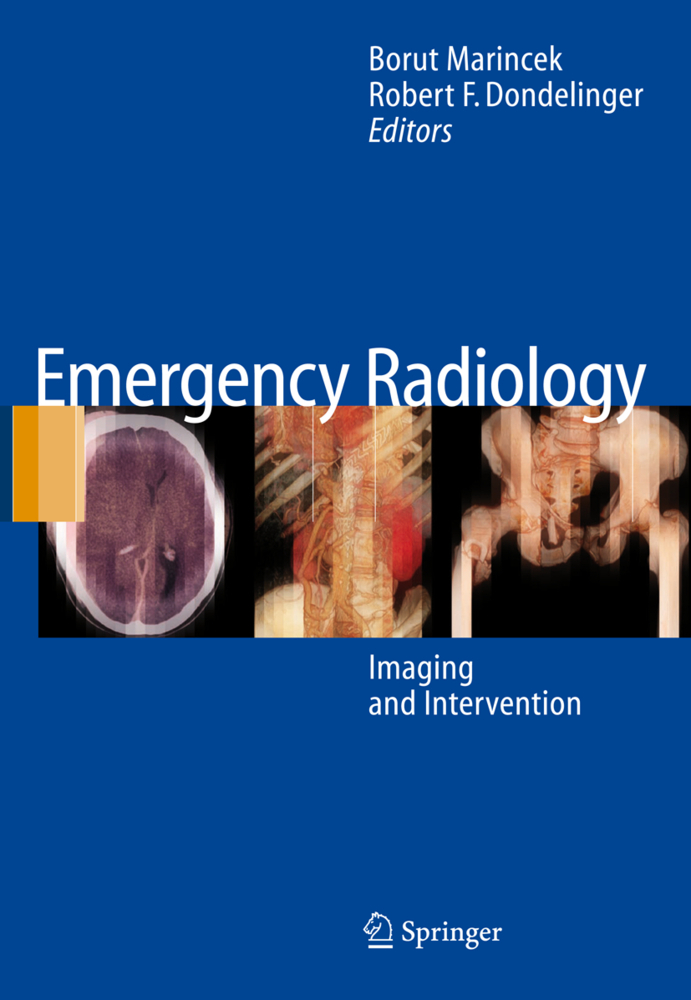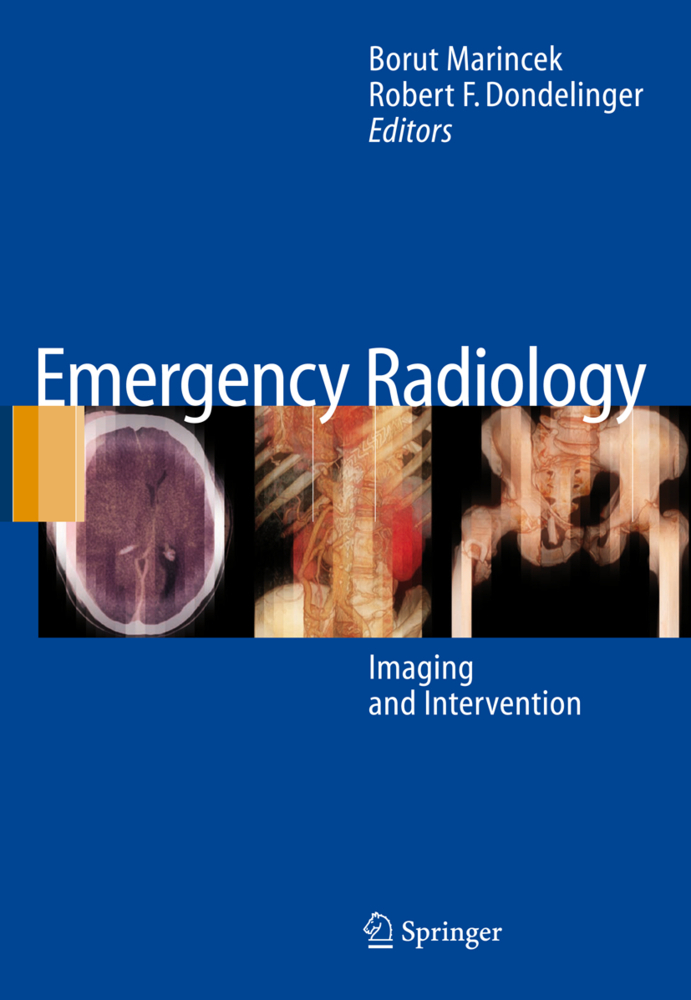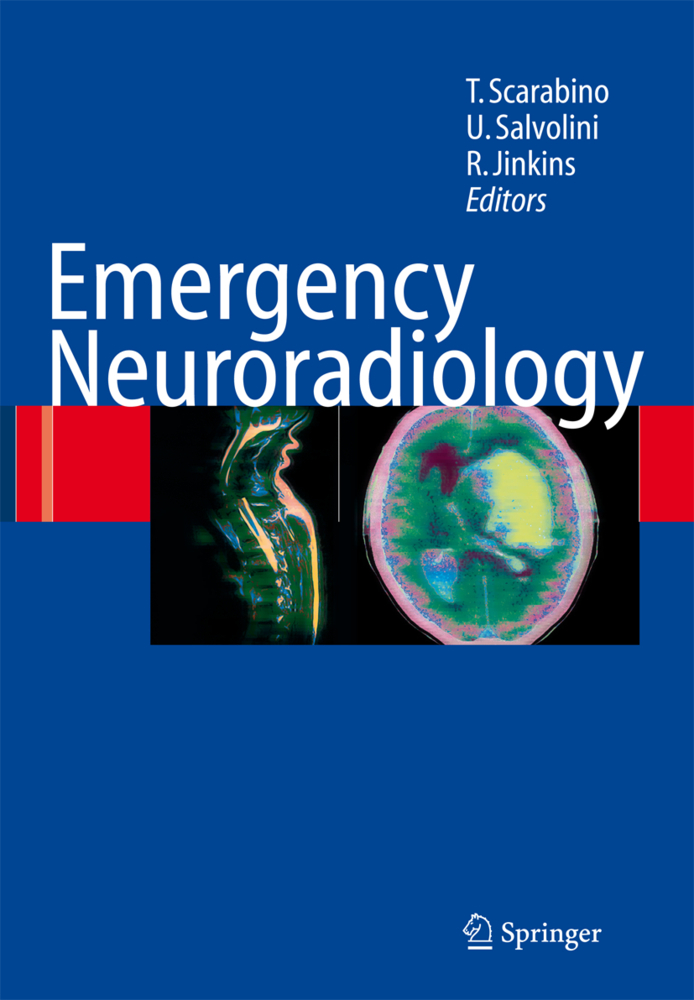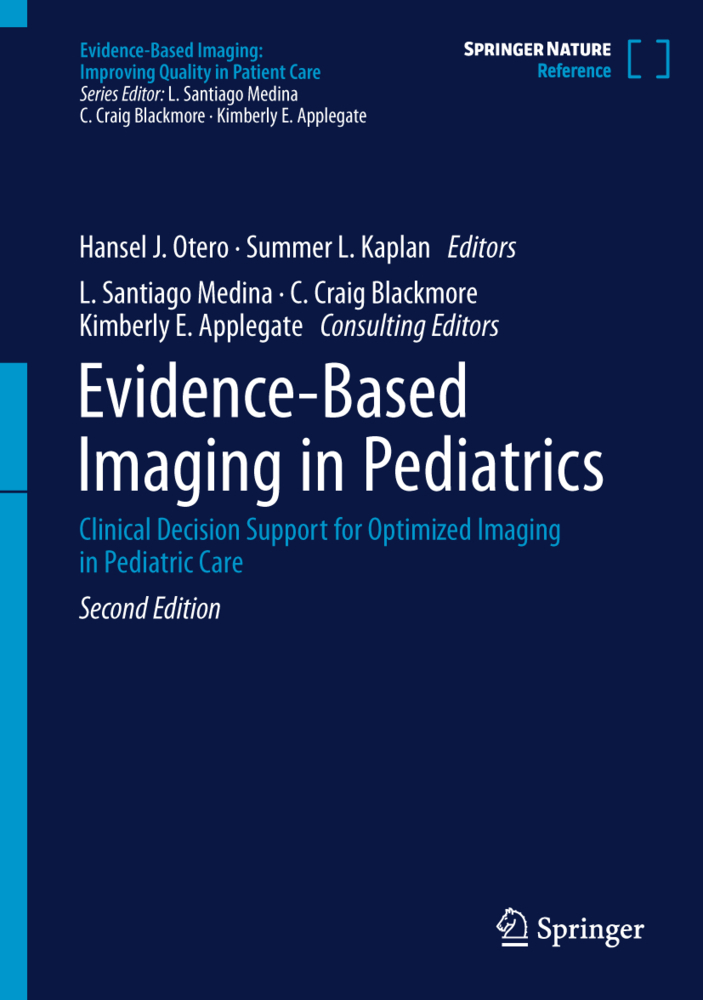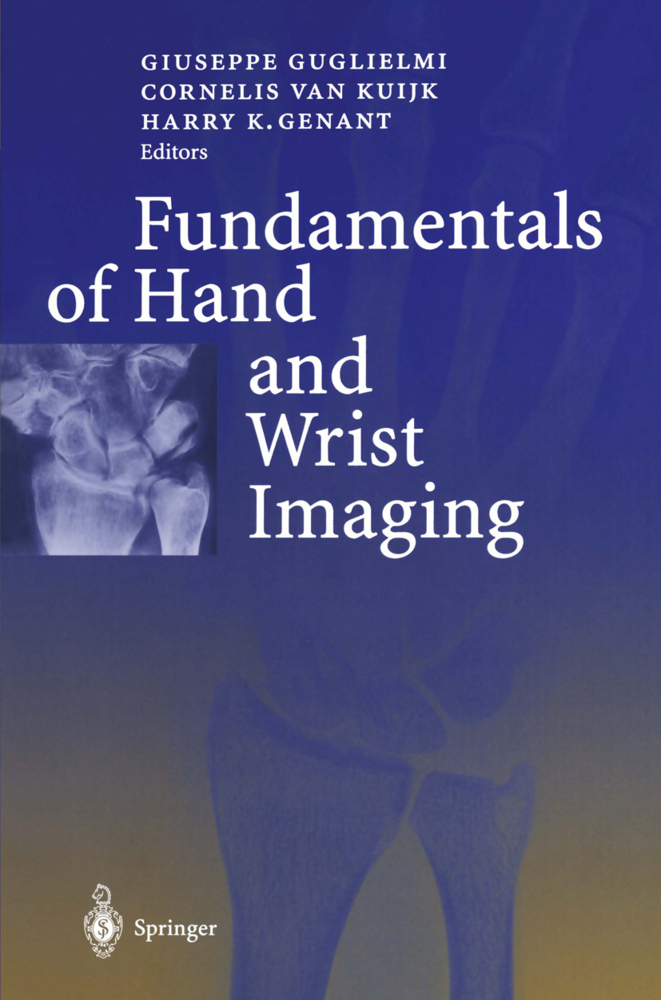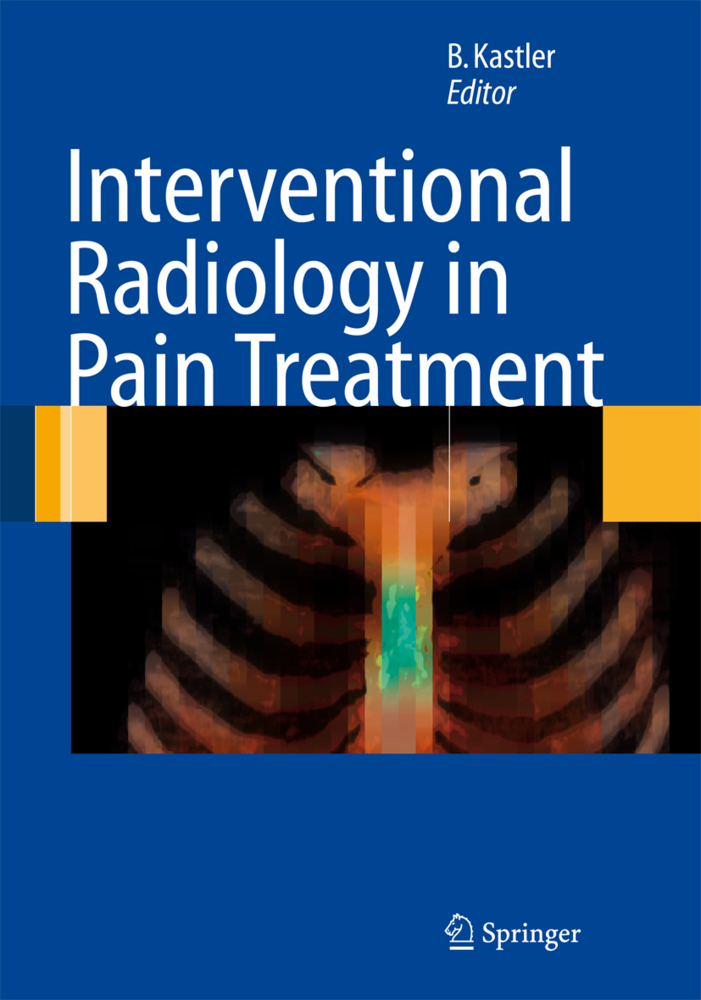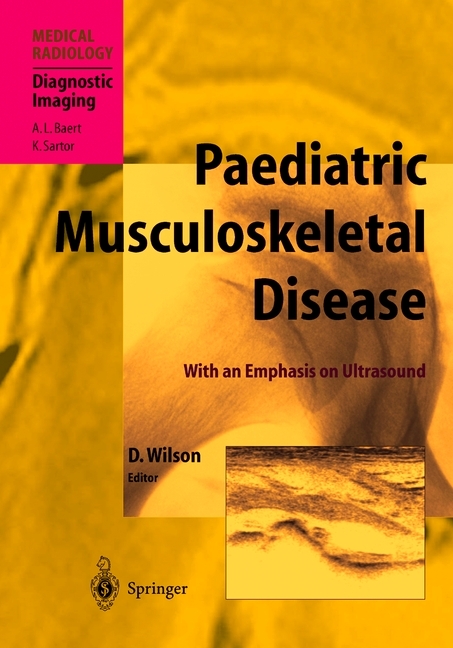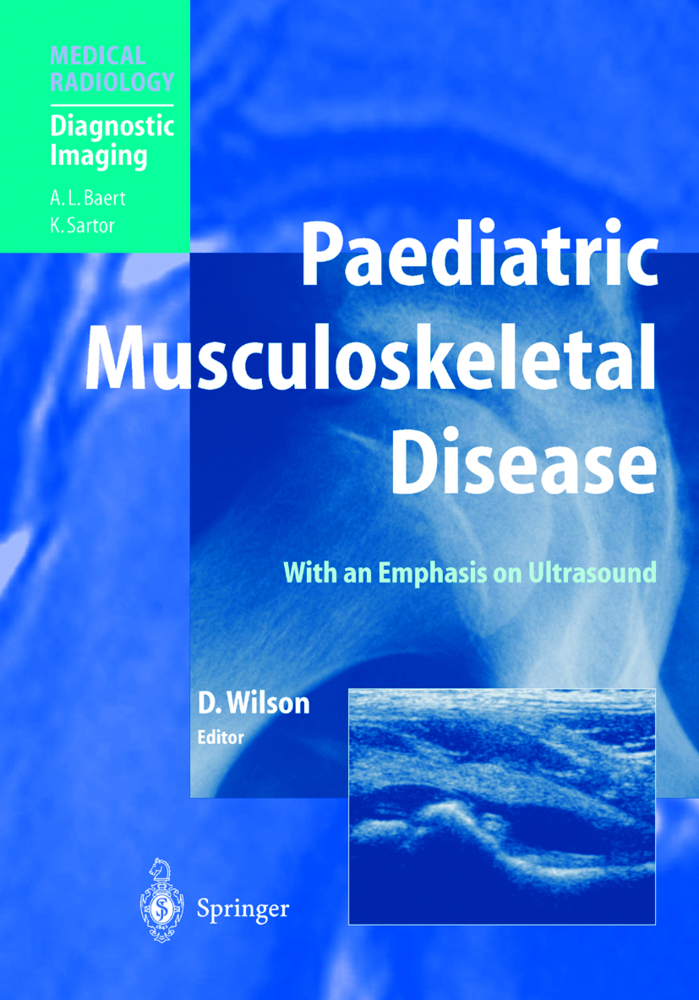Emergency Radiology
Imaging and Intervention
Emergency Radiology
Imaging and Intervention
Why write a book on emergency radiology? In many coun- decline. There is an increasing trend towards the use of tries, hospital emergency departments have become a MDCT to evaluate traumatic injuries and non-traumatic major part of the healthcare safety net. In the last decade emergencies. The use of workstations for reporting and for economically-driven structural changes in health care further image reconstruction becomes standard practice. delivery have caused a dramatic increase in emergency On the occasion of the European Congress of Radiology department visits. In response to capacity and staffing (ECR) 2003 and 2004 a Categorical Course on "Emergency pressures, hospitals are developing and implementing a Radiology"has been organized to assess current devel- variety of strategies designed to improve patient flow and ments and concepts in this rapidly growing field. reduce overcrowding in the emergency department. Numerous radiologists,all outstanding and international- Several factors are considered critical for success, such as ly renowned experts in their field,have made superb c- having the right multidisciplinary teams in place and opti- tributions in an ECR syllabus. These authors have now mizing the use of imaging tests. For a critical care physi- made a second effort and updated their contributions for cian it is paramount to obtain the images quickly and for this book. The chapters in the book mirror the topics p- them to be interpreted accurately. sented in the ECR course, encompassing imaging ap- To accomplish this, the emergency radiology division proaches as well as interventional aspects.
Role of 3D Imaging in the Emergency Room
Traumatic Injuries: Imaging and Intervention
Hemostatic Arterial Embolization in Trauma Victims at Admission
Imaging and Intervention in Post-traumatic Complications (Delayed Intervention)
Imaging of Head Injuries
Imaging of Facial Injuries
Imaging of Spinal Injuries
Imaging of Thoracic Injuries
Vascular Injuries of the Thorax: Multi-Detector-Row CT and 3D Imaging
Imaging of Abdominal and Pelvic Injuries
Imaging and Intervention of Large Arterial Trauma
Pelvic Fractures
Traumatic Injuries: Imaging of Peripheral Muskuloskeletal Injuries
Non-Traumatic Neurologic Emergencies: Imaging and Intervention
Imaging of Cerebral Ischemia
Neuroradiological Emergency Interventions
Non-Traumatic Thoracic Emergencies: Imaging and Intervention
Acute Chest Pain: Diagnostic Strategies
CT Diagnosis of Acute Pulmonary Embolism
CT Venography in an Integrated Diagnostic Strategy of Acute Pulmonary Embolism and Venous Thrombosis
Imaging and Treatment of Thoracic Fluid and Gas Collections
Non-Traumatic Abdominal Emergencies: Imaging and Intervention
Acute Abdominal Pain: Diagnostic Strategies
Imaging of Acute Intestinal Obstruction
Imaging and Intervention in Gastrointestinal Hemorrhage and Ischemia
Imaging and Intervention in Sepsis
Non-traumatic Abdominal Emergencies: Imaging and Intervention in Acute Biliary Conditions
Imaging and Intervention in Acute Pancreatic Conditions
Non-traumatic Uroradiological Emergencies
Non-Traumatic Vascular Emergencies: Imaging and Intervention
Imaging and Intervention in Acute Non-traumatic Arterial Condition
Imaging and Intervention in Acute Venous Occlusion
Management of Occluded Hemodialysis Shunts, Grafts, and Venous Access
Imaging Pediatric Emergencies
Pediatric Neurological Emergencies
Thoracic Emergencies
Pediatric Emergencies: Non-traumatic Abdominal Emergencies.
Emergency Radiology: Role of Imaging
Role of Imaging in the Management of Trauma VictimsRole of 3D Imaging in the Emergency Room
Traumatic Injuries: Imaging and Intervention
Hemostatic Arterial Embolization in Trauma Victims at Admission
Imaging and Intervention in Post-traumatic Complications (Delayed Intervention)
Imaging of Head Injuries
Imaging of Facial Injuries
Imaging of Spinal Injuries
Imaging of Thoracic Injuries
Vascular Injuries of the Thorax: Multi-Detector-Row CT and 3D Imaging
Imaging of Abdominal and Pelvic Injuries
Imaging and Intervention of Large Arterial Trauma
Pelvic Fractures
Traumatic Injuries: Imaging of Peripheral Muskuloskeletal Injuries
Non-Traumatic Neurologic Emergencies: Imaging and Intervention
Imaging of Cerebral Ischemia
Neuroradiological Emergency Interventions
Non-Traumatic Thoracic Emergencies: Imaging and Intervention
Acute Chest Pain: Diagnostic Strategies
CT Diagnosis of Acute Pulmonary Embolism
CT Venography in an Integrated Diagnostic Strategy of Acute Pulmonary Embolism and Venous Thrombosis
Imaging and Treatment of Thoracic Fluid and Gas Collections
Non-Traumatic Abdominal Emergencies: Imaging and Intervention
Acute Abdominal Pain: Diagnostic Strategies
Imaging of Acute Intestinal Obstruction
Imaging and Intervention in Gastrointestinal Hemorrhage and Ischemia
Imaging and Intervention in Sepsis
Non-traumatic Abdominal Emergencies: Imaging and Intervention in Acute Biliary Conditions
Imaging and Intervention in Acute Pancreatic Conditions
Non-traumatic Uroradiological Emergencies
Non-Traumatic Vascular Emergencies: Imaging and Intervention
Imaging and Intervention in Acute Non-traumatic Arterial Condition
Imaging and Intervention in Acute Venous Occlusion
Management of Occluded Hemodialysis Shunts, Grafts, and Venous Access
Imaging Pediatric Emergencies
Pediatric Neurological Emergencies
Thoracic Emergencies
Pediatric Emergencies: Non-traumatic Abdominal Emergencies.
Marincek, Borut
Dondelinger, Robert F.
| ISBN | 978-3-642-06568-2 |
|---|---|
| Medientyp | Buch |
| Copyrightjahr | 2010 |
| Verlag | Springer, Berlin |
| Umfang | XVIII, 650 Seiten |
| Sprache | Englisch |

